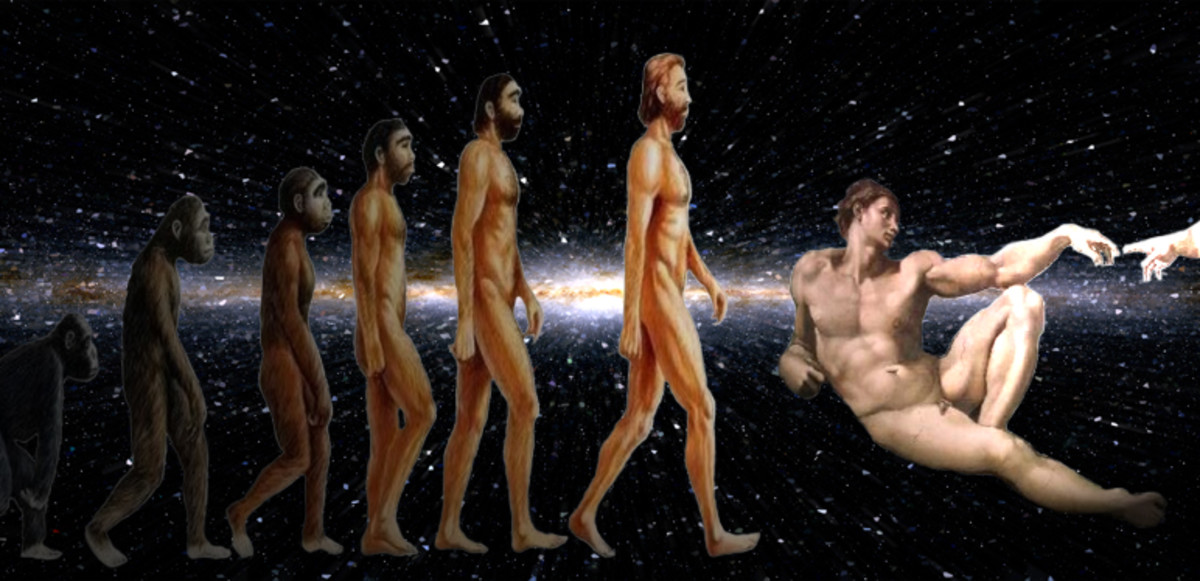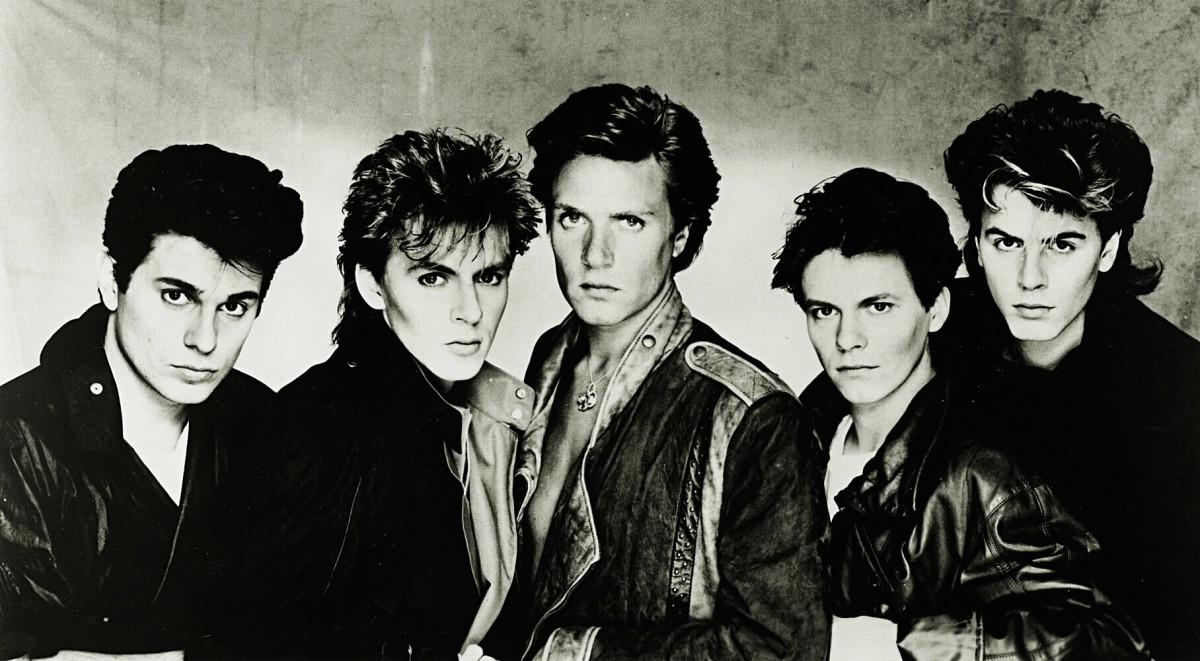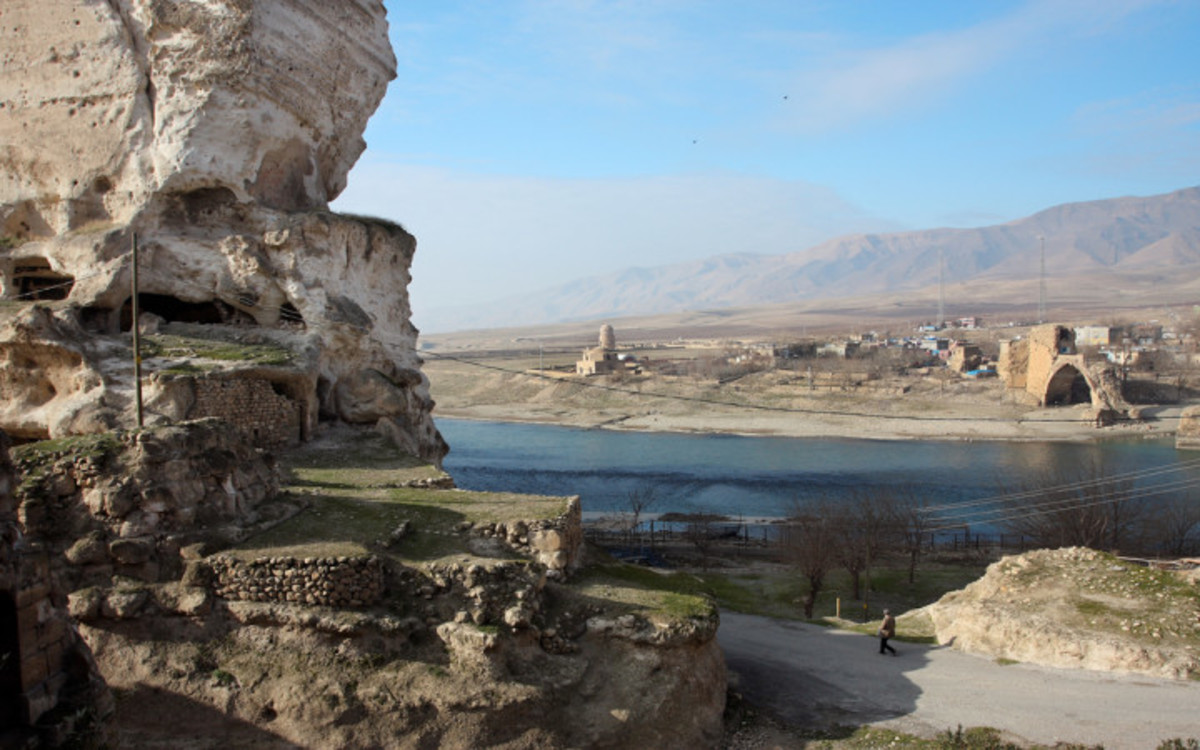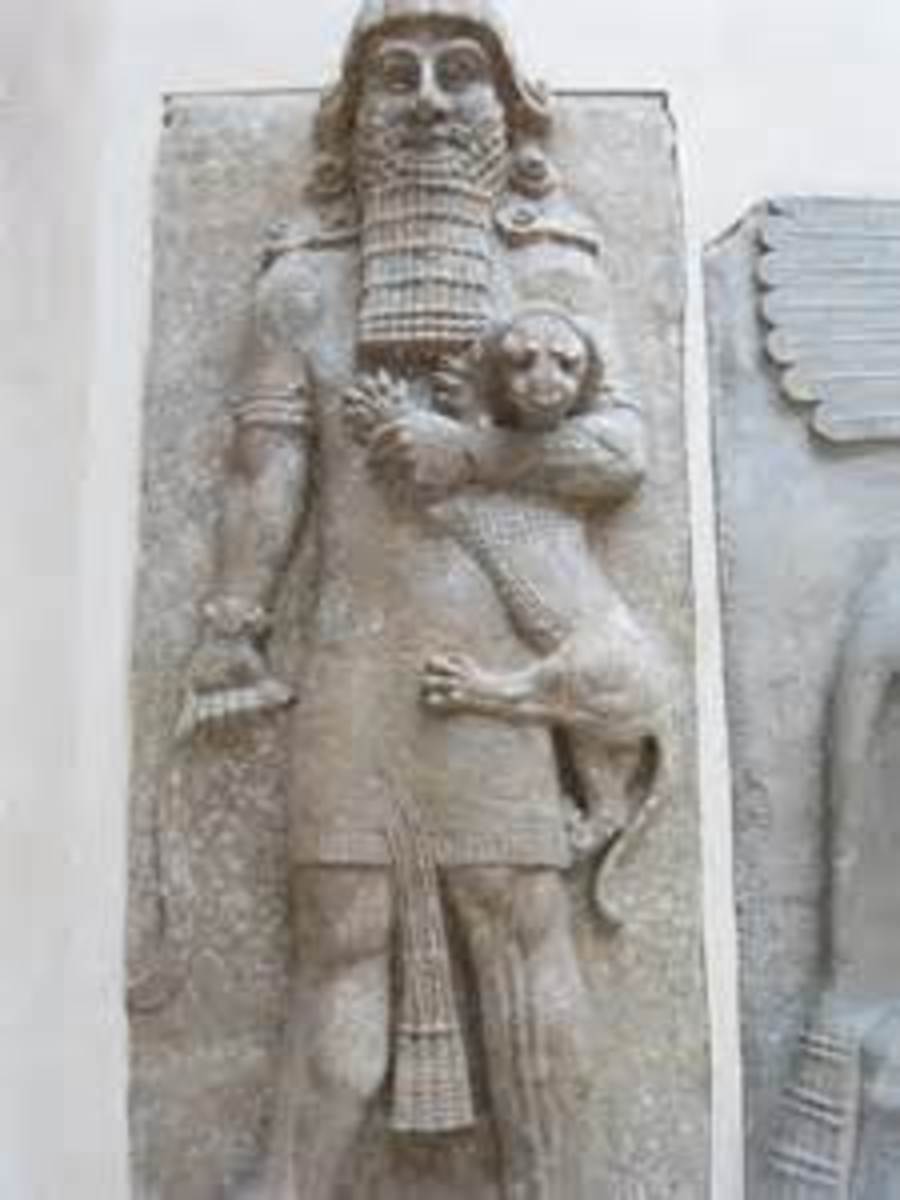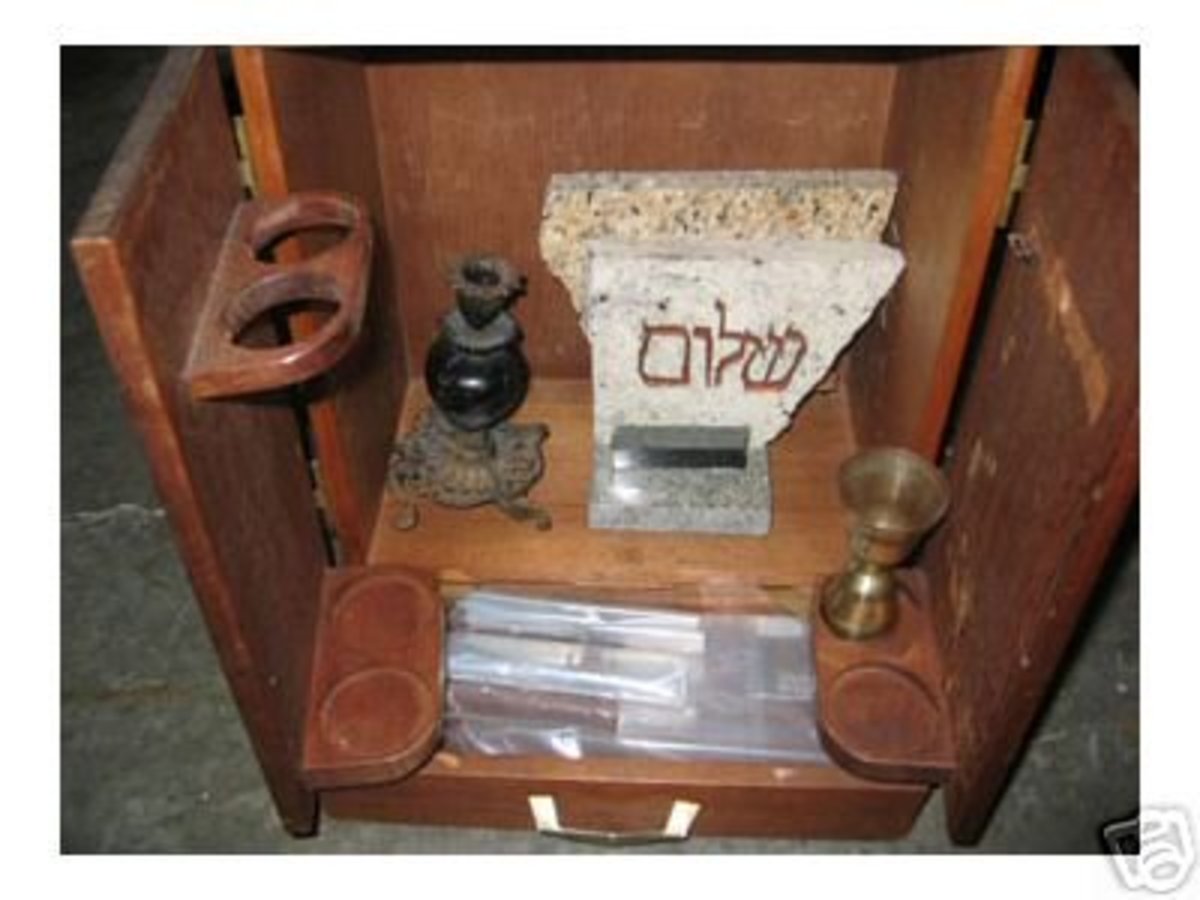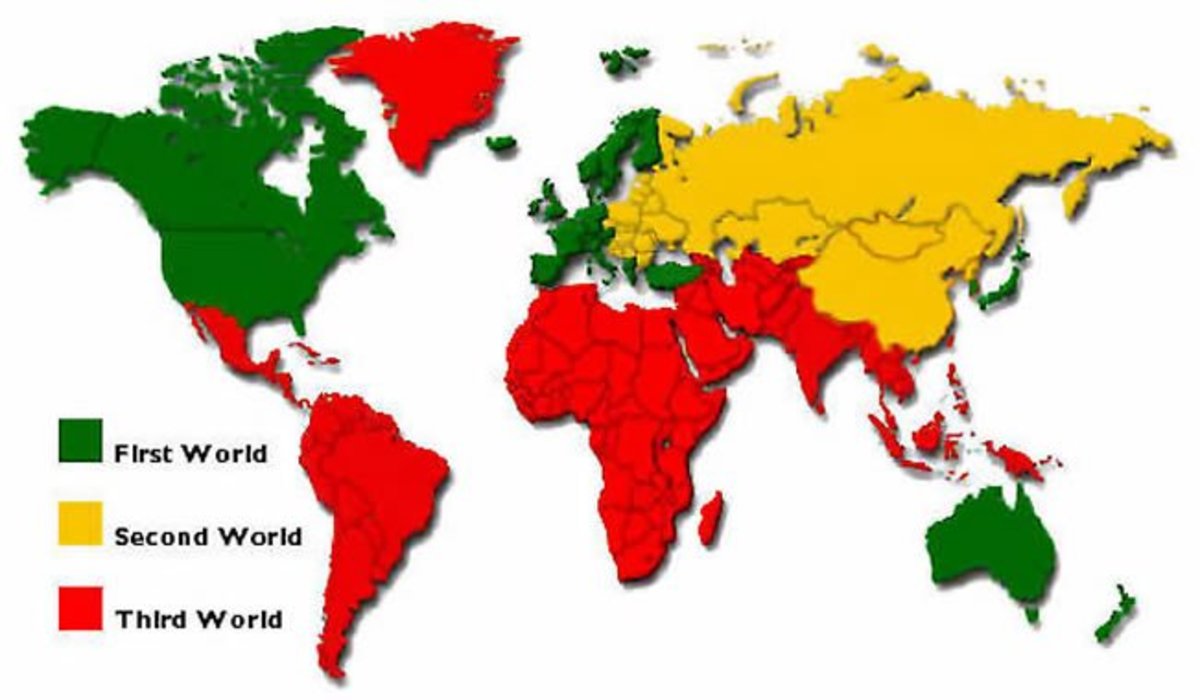H80 CG03The City in Time and Space1
The City in Time and Space
Part I
1. The city in time and space
2. Culture area
3. Origin and diffusion of the city
4. Urban hearth areas
5. City planning in the new word:
Teotihuacan
6. The diffusion of the city from hearth areas
The city in time and space
The time of humankind has spent on earth were compared to a twenty four hour day, and then only in the last half of hours have there been settlements of more than hundred people.“Minutes” of humans that the very word we used for society’s, “civitas” is the Latin word of “civilization ” was the first applied to settles areas of the Roman empire .Urban Explosion has gone hand in hand with the industrial revolution.
Culture area
The theme of culture area are helps us to see the differences in the extent to which various culture have become urbanized. The Soviet Union is the large variety of other countries to make up a third a group. In these countries, about half of the population lives in urban areas.
Origin and Diffusion of the City
Early people were nomads searching for sustenance. Their settlements tended to be campsites that were moved according to the needs providing hunting fishing, foods and so on. The first “Urban” areas in this setting were not the cities of these living nomads but the cities of their dead. The transformation of true urban life occurred only when three important were met: 1. a favorable physical environment, 2. a new technology 3. a more complex social system with a well-developed power structure.
Urban Hearth Areas
Urban hearths contrast with the nonurban areas that surround then. It can also be thought of as functional regions, because they were centers of interaction with the surroundings and normally acted as focal points for long distance trade. Urban hearths give general dates for the emergence of urban life in each region. The ziggurat made up of the religious core of the ancient Mesopotamia city. The three important building which are the pyramid, the dome, and the cathedral were symbolized the function of the cities.
City planning in the New World:
Teotihuacan
Teotihuacan was a Mesopotamia city, created by a society that had no metals tools, had no invented the wheel, and had no pack animals. At its height, Teotihuacan covered eight square miles (twenty square kilometers), which made it larger than imperial Rome. Furthermore, these early cities arose without benefits of the technological advances found in the other hearth area, most notably the wheel, the plow, metallurgy, and draft animals.
The diffusion of the city from hearth areas
Diffusion strongly suggests that the complicated array of ideas and techniques that gave rise to the first cities in Mesopotamia were shared with other people. They must have learned these traits through contact with city dwellers. This school of thought emphasizes the diffusion of ideas and techniques necessary for city life. Diffusion process has been responsible for the dispersal of the city in historical time. The Preindustrial City, states: “the extension of the power group’s domain, notably through empire-building, is the primary mechanism for introducing city life into generally non-urbanized territories”. Furthermore, discoveries may well show the extent of sharing among the urban civilization of Asia and Africa and strength the diffusion argument. The sort of expansion diffusion is, then, a majors process is dispersing urban life over the surface of the earth.
Part II
1. Culture integration in urban geography
2. Walter Christaller (1893-1969)
Culture Integration in Urban Geography
In recent decades, urban geographers have paid considerable attention to the distribution or spacing of towns and cities in order to determine some of the economic and political factors that influence the pattern of cities. In doing so, they have created a number of models that collectively make up “central-place” theory. These models represent a fine example of cultural integration.
Walter Christaller
He was the first formulated of “central-place theory”, a series of models designed to explain the spatial distribution of tertiary urban centers. Crucial to his theory is the fact that different goods and services vary both in range. Hierarchy as a background, Christaller than tried to measure the influence of three forces in determining the spacing and distribution of tertiary centers. Geographire since Christaller’s time have developed more complicated models to explain the distribution of central places.

